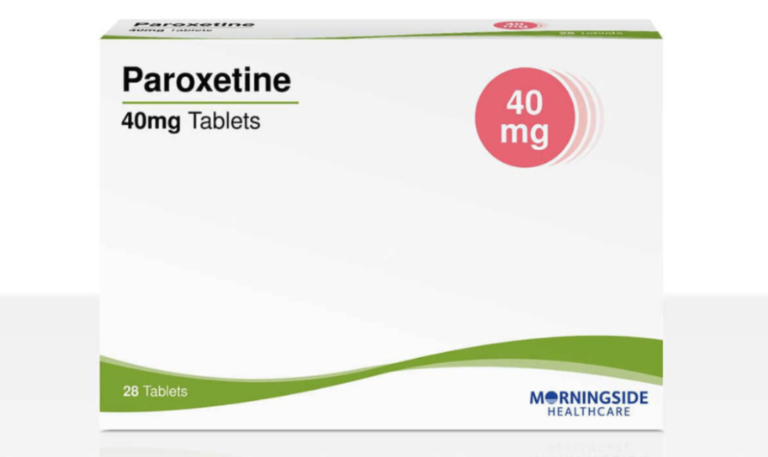Is Cocaine a Stimulant or Depressant?

Cocaine is a highly addictive drug that has been used for centuries for various purposes, such as a painkiller or a local anesthetic. It is…
Cocaine is a highly addictive drug that has been used for centuries for various purposes, such as a painkiller or a local anesthetic. It is derived from the leaves of the coca plant, which is native to South America. Cocaine can be snorted, smoked, or injected, and it produces a range of effects on the body, including stimulation, euphoria, and a sense of well-being. However, the question remains: Is cocaine a stimulant or depressant?

Table of Contents
The answer is that cocaine is a stimulant. Stimulants are drugs that increase brain activity, heart rate, blood pressure, and breathing rate. They produce feelings of energy, wakefulness, and alertness. Cocaine works by blocking the reuptake of dopamine, norepinephrine, and serotonin in the brain, which leads to an increase in the levels of these neurotransmitters. This, in turn, produces the stimulant effects of cocaine.
Mechanism of Action
When cocaine is consumed, it enters the bloodstream and quickly reaches the brain, where it produces a rush of euphoria, energy, and confidence. These effects are short-lived, however, and soon give way to feelings of anxiety, irritability, and paranoia. This is because cocaine stimulates the sympathetic nervous system, which is responsible for the “fight or flight” response in the body. This response can cause feelings of anxiety and paranoia, as well as increased heart rate, blood pressure, and breathing rate.
Effects
The stimulant effects of cocaine can have both short-term and long-term effects on the body. In the short term, cocaine can cause a range of physical symptoms, such as dilated pupils, increased body temperature, and a loss of appetite. It can also lead to psychological symptoms, such as anxiety, depression, and paranoia. In the long term, cocaine use can cause damage to the heart, lungs, kidneys, and liver. It can also lead to addiction, which can have a devastating impact on a person’s life.
Despite being a stimulant, cocaine can also have depressant effects on the body. Depressants are drugs that slow down brain activity, heart rate, and breathing rate. They produce feelings of relaxation, calmness, and drowsiness. When cocaine wears off, users can experience a “crash,” which can lead to feelings of depression, lethargy, and fatigue. This is because cocaine stimulates the release of dopamine, which is a neurotransmitter that produces feelings of pleasure and reward. When the effects of cocaine wear off, the brain can become depleted of dopamine, leading to feelings of depression and fatigue.
In addition, cocaine can also have anesthetic effects on the body. Anesthetics are drugs that numb the body and reduce pain. Cocaine was originally used as a local anesthetic due to its ability to numb the mouth, throat, and nose. However, the anesthetic effects of cocaine are short-lived and can be dangerous, as they can lead to overdose and death.

Conclusion
In conclusion, cocaine is a stimulant drug that produces a range of effects on the body, including stimulation, euphoria, and a sense of well-being. However, it can also have depressant and anesthetic effects on the body, which can be dangerous. The short-term and long-term effects of cocaine use can have a devastating impact on a person’s life, leading to addiction, physical and psychological problems, and even death. It is essential to seek help if you or someone you know is struggling with cocaine addiction.
References:
- National Institute on Drug Abuse. (2021). Cocaine. Retrieved from https://www.drugabuse.gov/drug-topics/cocaine
- National Institute on Drug Abuse. (2021). What Are Stimulants? Retrieved from https://www.drugabuse.gov/drug-topics/stimulants
- Nestler, E. J. (2013). Cellular basis of memory for addiction. Dialogues in clinical neuroscience, 15(4), 431-443.
- Riegel, A. C., Ali, S. F., & French, E. D. (2002). Cocaine-induced changes in dopamine and serotonin uptake in the rat nucleus accumbens. Synapse, 46(4), 206-211.
- Koob, G. F., & Volkow, N. D. (2010). Neurocircuitry of addiction. Neuropsychopharmacology, 35(1), 217-238.






